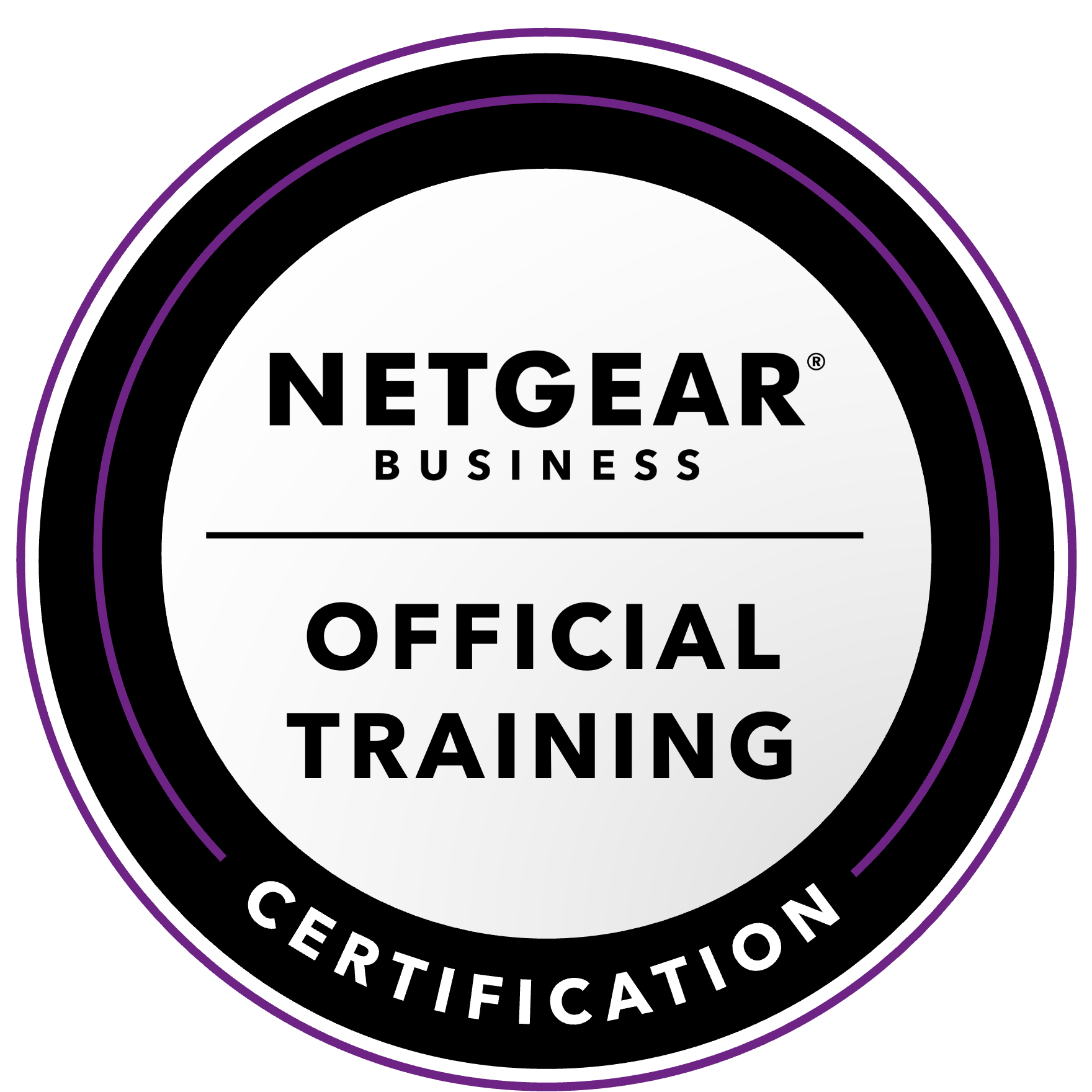NETGEAR is aware of a growing number of phone and online scams. To learn how to stay safe click here.
Forum Discussion
aaron2020
Sep 17, 2020Aspirant
NAS 314 mount_block_root +25e
I am seeing mount_block_root +25e at boot up. I've tried removing all drives and it still shows the error.
I have tried the USB recovery mentioned here: https://kb.netgear.com/29952/How-do-I-use-the-USB-Recovery-Tool-on-my-ReadyNAS-OS-6-storage-system#Manual_creation_for_ARM_systems
I don't know if I did it correctly because some of the steps are vague or ambiguous as far as which files to copy and where to copy them. It implies that you might move or create directories but I'm not sure where exactly I'm supposed to do this.
On boot from USB, it say: Booting... Booting from external USB, and then mount_block_root +25e.
The instructions said to plug the drive into the front USB (there is no front USB on my model, I used USB1 on the back)
I'm okay with doing a factory reset if you think that would help.
This is my first time encountering this error, so I'll need specific steps if I'm going to resolve it.
11 Replies
Replies have been turned off for this discussion
- StephenBGuru - Experienced User
aaron2020 wrote:
The instructions said to plug the drive into the front USB (there is no front USB on my model, I used USB1 on the back)
Yes there is (though it looks a bit different because it is an eSATA/USB combo port). See page 69 here: https://www.downloads.netgear.com/files/GDC/READYNAS-100/ReadyNAS_%20OS6_Desktop_HM_EN.pdf
aaron2020 wrote:
I don't know if I did it correctly because some of the steps are vague or ambiguous as far as which files to copy and where to copy them. It implies that you might move or create directories but I'm not sure where exactly I'm supposed to do this.
You don't have an ARM or rackmount system - you have an x86 desktop NAS.
So perhaps review the instructions with that in mind, and let us know what you find confusing. I've redacted the parts you don't need (formatting is a bit different from the original, due to the way the forum software works).
https://kb.netgear.com/29952/How-do-I-use-the-USB-Recovery-Tool-on-my-ReadyNAS-OS-6-storage-system wrote:
To prepare the software:
- Download the USB Recovery Tool.
- Extract os6-recovery-tool.zip to a new folder on your desktop.
- Download the latest firmware package for your ReadyNAS model:
- Visit ReadyNAS OS 6 Support.
- If you're using any other ReadyNAS series, download the x86 package.
- Extract the firmware file (.img) and release notes from the zip file to the same folder you used for the USB Recovery Tool.
- Open the Recovery Tool folder on your desktop and move the firmware file into it: If the ReadyNAS is a 310, 420, 510, 520, 620, 710, 3130/3138, 3220, 3312, 4220, or 4300 series model, move the firmware file into the x86 folder.
To prepare the USB drive:
- Find a USB drive with a capacity that is greater than 256 MB, but no more than 32 GB.
- Ensure that the USB drive has only one partition.
- Format the USB drive as FAT-32.
- Make a note of the drive letter your USB drive is assigned after formatting.
To create the Recovery Tool USB drive:
- From the Recovery Tool folder on your desktop, open usbrecovery.exe.
- Select the drive letter the USB was assigned under “To prepare the USB drive.” Click Format.
- Select the appropriate options for your ReadyNAS system under Select a product, Select a model, and Select Firmware Image. Click Create.
To boot your desktop model ReadyNAS from USB:
- Power down your ReadyNAS storage system.
- Insert the prepared USB drive into the front USB port.
- Press and hold the Backup button, then power on the ReadyNAS system and continue to hold the Backup button for up to 15 seconds, depending on your ReadyNAS model.
- Wait for the ReadyNAS system to finish with the recovery and power down.
- After the system powers down, remove the USB drive and try booting normally.
Troubleshooting USB recovery problems
- If your ReadyNAS is still powered on after 20 minutes, the recovery process probably failed. Some USB drives report incorrect information during the recovery process that makes the USB unmountable. If this happens, the ReadyNAS system does not attempt to overwrite its flash memory. Try several different USB drives until the ReadyNAS completes the recovery process.
- If you are upgrading and your system is unable to boot properly, you might need to perform an OS reinstall and re-extract the system firmware. For directions, visit ReadyNAS & ReadyDATA: Boot Menu
- If you attempt to downgrade your ReadyNAS system’s firmware, your ReadyNAS system can become permanently unbootable, even from USB. Many changes happen between large firmware releases, including changes to bootloaders and internal components. Only perform USB Recovery with the same or newer ReadyNAS OS firmware.
- If the USB Recovery Tool resolves your booting issue but you still have a different issue, consider performing a factory reset and restoring your ReadyNAS system from your pre-upgrade backup.
aaron2020 wrote:
On boot from USB, it say: Booting... Booting from external USB, and then mount_block_root +25e.
The instructions said to plug the drive into the front USB (there is no front USB on my model, I used USB1 on the back)
I'm okay with doing a factory reset if you think that would help.
A factory reset won't help, but might be needed after you do a sucessful USB recovery. First make sure your recovery drive is correctly created, and try again.
When did you purchase your NAS? The hardware warranty is 5 years (assuming you are the original purchaser).
- StephenBGuru - Experienced User
FWIW, scattering your questions in different threads makes things harder for folks who are trying to help you.
Note I don't work for Netgear, so I'm not in any way responsible for these instructions. Personally I think it would be simpler to have separate instructions for various options (arm desktop, x86 desktop, arm rackmount, x86 rackmount), instead of tangling them together.
aaron2020 wrote:
I am having trouble following these instructions. It would be nice if they were written for someone who hasn't done this before.
Step 3.1 Visit ReadyNAS OS 6 Support. Is this a URL? I searched my model number and went to the first result, is that what I was supposed to do? I think so, but a link or steps would be helpful.
It is here: https://www.netgear.com/support/product/ReadyNAS_OS_6.aspx
But the main point is to download the correct firmware for your NAS (including the version you want). Going to the support page of your particular NAS works too. Entering "readynas os 6 software version" site:kb.netgear.com into google search is another way to find it (and the way you should use if you are running down-rev firmware).
aaron2020 wrote:
Step 4. Extract the firmware file (.img) Does this mean extract the zip that yields the Extract the firmware file (.img) (seems likely) or extract the .img file (literal interpretation, but maybe wrong?)
There is no .img file, so this shouldn't be that confusing. The firmware file has a .img extension. So extract that file from the zip.
aaron2020 wrote:
Step 5: Recovery Tool folder. This is the first time Recovery Tool folder is mentioned. How is it supposed to get on my desktop? None of the downloaded folders are named Recovery Tool. Is the folder named something else, or are we supposed to create a folder called Recover Tool.
...
"move the firmware file into the x86 folder." You didn't tell me to move the x86 folder onto the recovery USB, was that a skipped step? Where am I moving this to?
The instructions start with
- Download the USB Recovery Tool.
- Extract os6-recovery-tool.zip to a new folder on your desktop.
The recovery folder is the folder you extracted - called usbrecovery.v2.0.R17 in the current zip file.
There is an x86 subfolder inside of the recovery folder on your desktop. You move the firmware folder into that subfolder. After that (per the instructions) you run usbrecovery.exe, which should copy the firmware to the recovery USB.
aaron2020 wrote:
I have a 314. Is that a 310 series? I don't see 314 or 31x as an option just 310, so I'm not sure.
Yes. The last number is the number of bays.
To keep things a bit shorter, the base platform is often called either the RN300 series, or the RN310 series. It used to be unambigous to say RN500 series, but now we have both RN51x and RN52x models, so adding in the second digit (RN510 or RN520) is needed now.
In the case of the RN310 series, there are three products - the RN312, the RN314, and the RN316.
- aaron2020Aspirant
Thanks for that response. I've made several USB recovery drives (x86 for the 314). My problem may be booting from USB. I haven't found documentation of detailed steps to boot a 314 from USB.
The document you reference identifies a "Shared USB 2.0 and eSATA port" with no further documentation or instruction. Have you personally plugged a Type-A USB drive into this? I see several posts where you suggest it to other people. But, It doesn't look physically possible and I've tried every plausible orientation and alignment of the USB connector. I Googled, "netgear Shared USB 2.0 and eSATA port". All I got were other people with the same problem.
I found this information: https://www.pcmag.com/encyclopedia/term/esata-usb-hybrid-port
Which explains not that it will not connect to a type-A USB, but rather to an eSATA cable.So I'm still at this point:
Boot the 314 from USB
How do I do that?
- ...
- StephenBGuru - Experienced User
aaron2020 wrote:
Thanks for that response. I've made several USB recovery drives (x86 for the 314). My problem may be booting from USB. I haven't found documentation of detailed steps to boot a 314 from USB.
The document you reference identifies a "Shared USB 2.0 and eSATA port" with no further documentation or instruction. Have you personally plugged a Type-A USB drive into this?I don't own an RN314, but I have connected USB-A to other devices that use this kind of port.
Both your link and https://en.wikipedia.org/wiki/ESATAp say that they will connect to both USB or eSATA, so I think you are confused on that. In your link: However, the Hybrid Port also supplies power to eSATAp drives as well as connects USB devices. If the port is blue, it supports USB 3.0, otherwise only USB 2.0.
Though your system did say it was booting from USB, so perhaps the issue is that you didn't create the USB drive properly.
Related Content
NETGEAR Academy

Boost your skills with the Netgear Academy - Get trained, certified and stay ahead with the latest Netgear technology!
Join Us!
